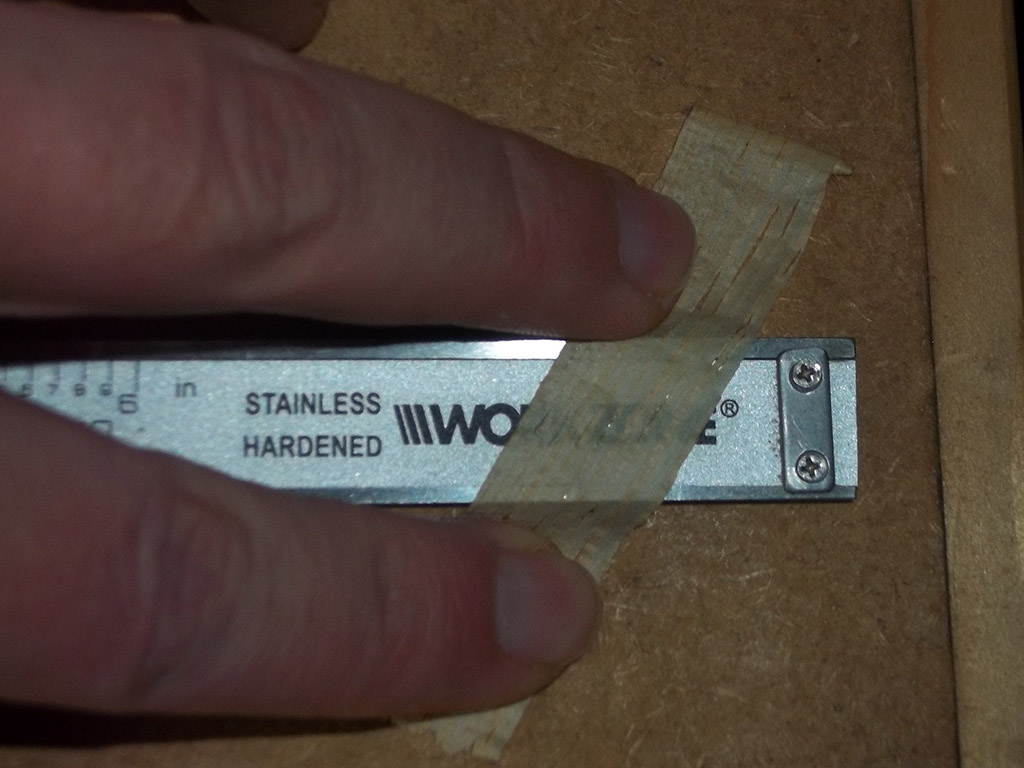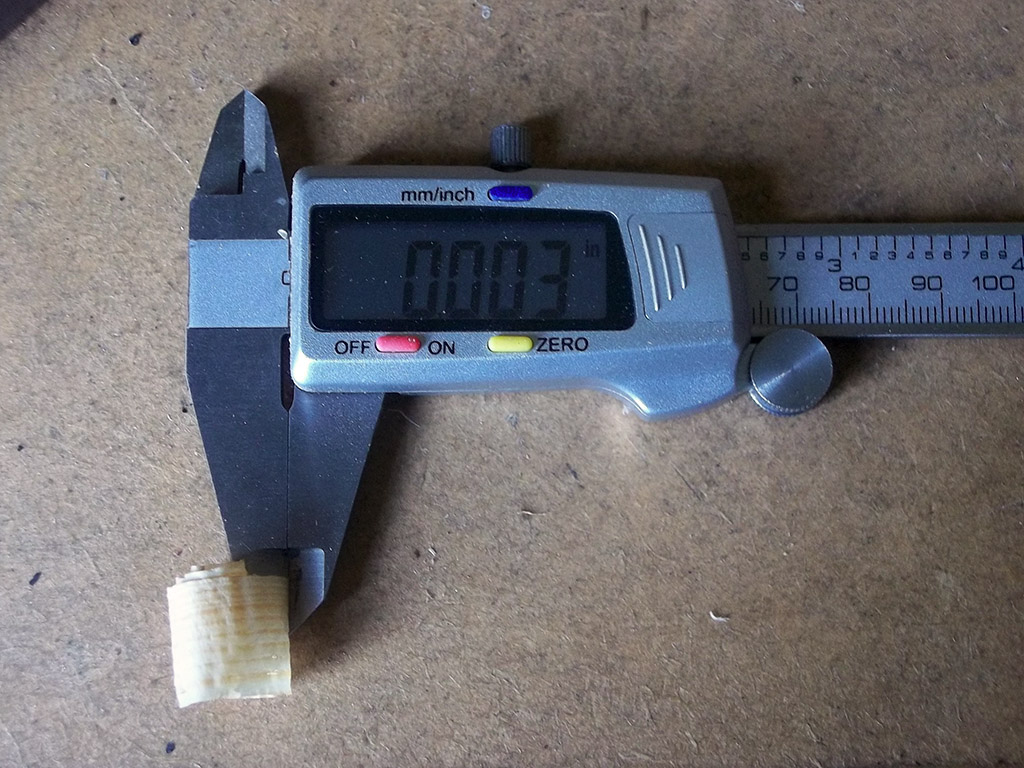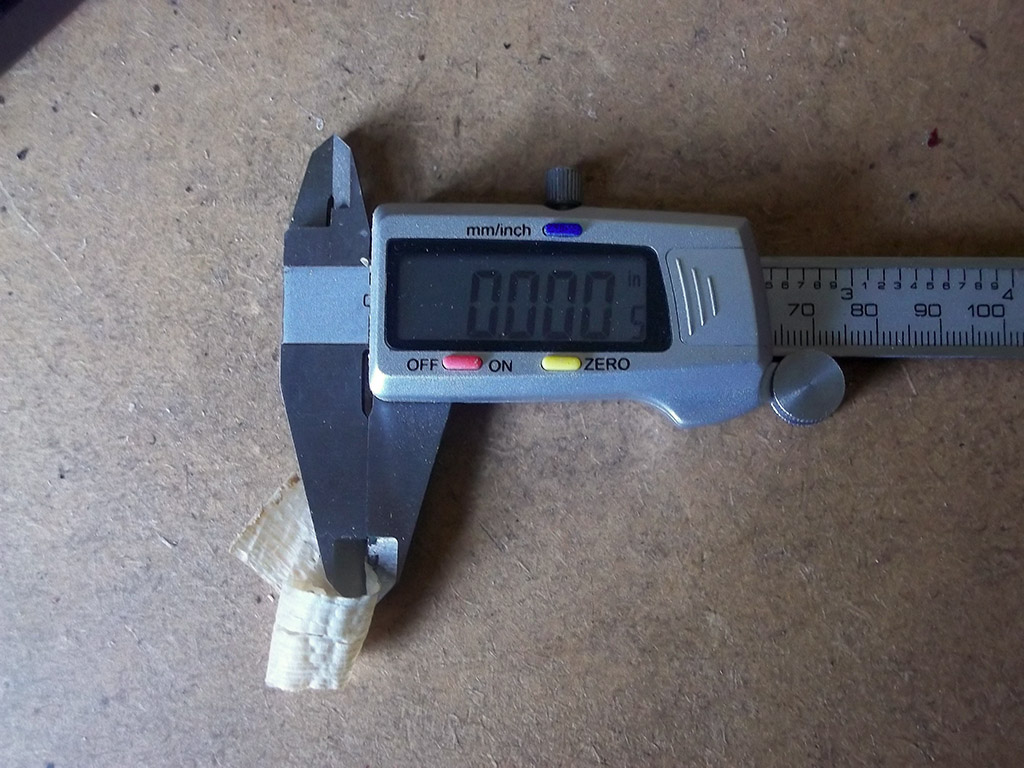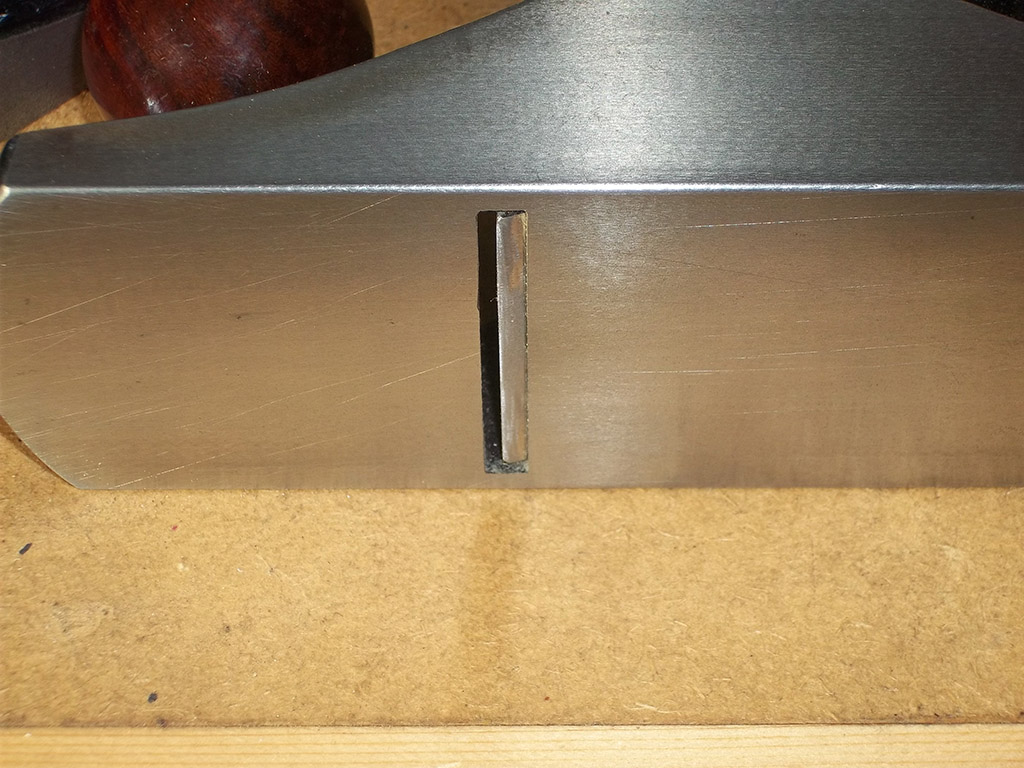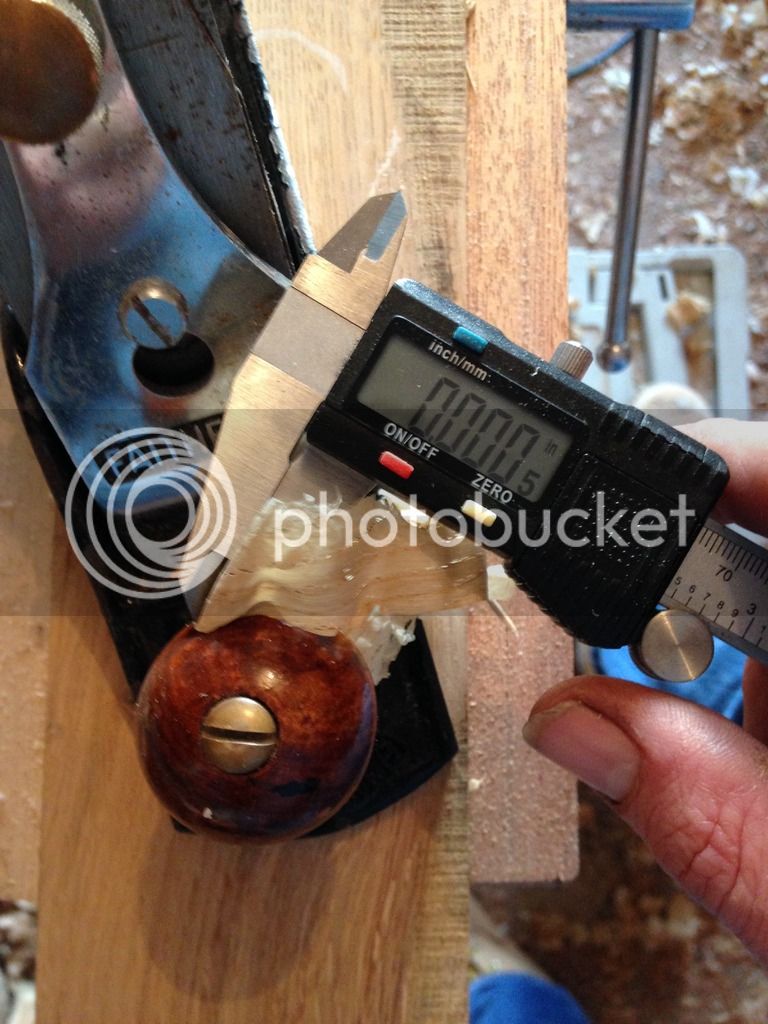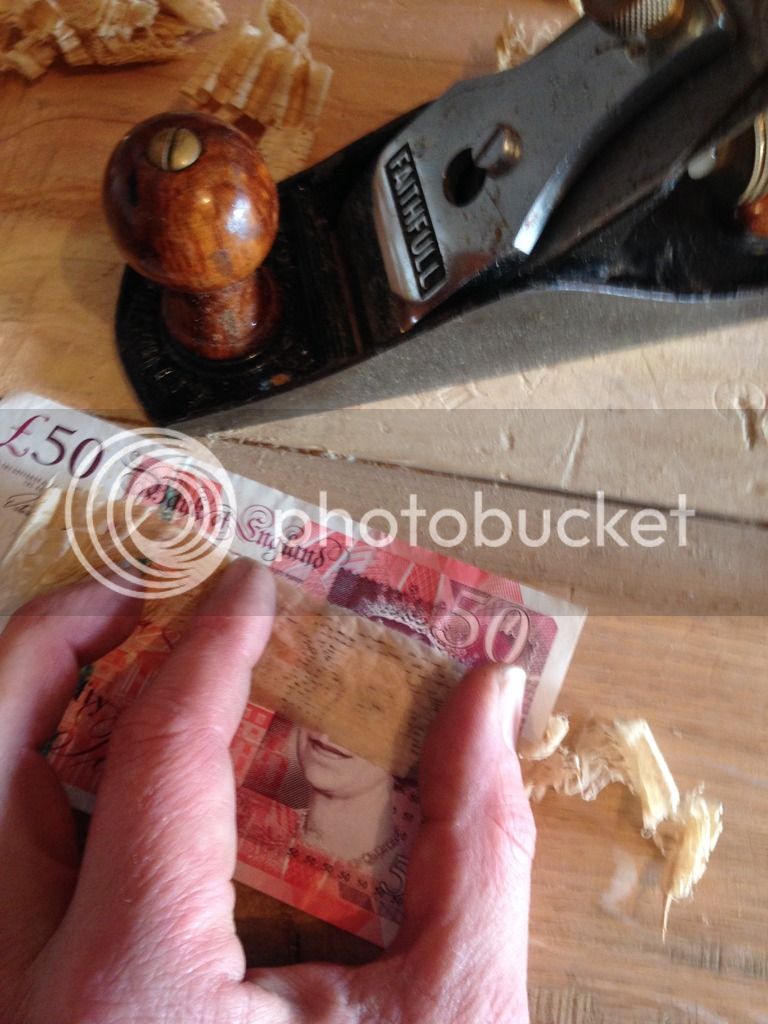CStanford":2uun3cq0 said:
Why is it important, when would it ever be important, to know how thick a shaving is, I mean, an actual and reliable numerical measurement?
Fair question.
For an experienced cabinet maker it's not important. But for someone new to hardwood furniture making it can accelerate their learning by quantifying how the different tolerances across their hand tools, machinery, and joinery all fit together. It doesn't mean much to a beginner to talk about "fine" shavings versus "coarse" shavings, because when does fine become coarse and how do I even recognise "fine"? But (in my workshop at least) a fine shaving is about a thou, a normal shaving is about 2-3 thou, a course shaving is 4-6 thou, and anything above that is a very coarse shaving.
That knowledge can then be related to the machinery in the workshop, some of which can be set digitally to 0.1mm (so about 4 thou) and some of which can be set by eye to about a quarter of a mill (so about 10 thou).
That in turn can be carried across to the reality of hardwood joinery for fine furniture making. A bridle joint in a tight grained hardwood like Beech or Maple (IMO the most difficult of the common joints to cut by hand, more difficult than a dovetail joint for example) will go from too loose to too tight in the space of 0.1mm. You can
just see a one thou glue line, you can
definitely feel a one thou ridge between the stile and rail on a pannelled cabinet. When planing down a drawer side for a piston fit you go from "a little bit too snug" to "just right" in the space of one "normal" plane shaving. Or there's the example I previously gave, when shooting the ends of a typical Oak drawer side you'll be more accurate if your plane is at a one thou setting than if it's at a four thou setting.
As I said, the experienced worker has found all this out for themselves, but for a newcomer this quantification could spare them the slow progress and frustration of trial and error learning.




